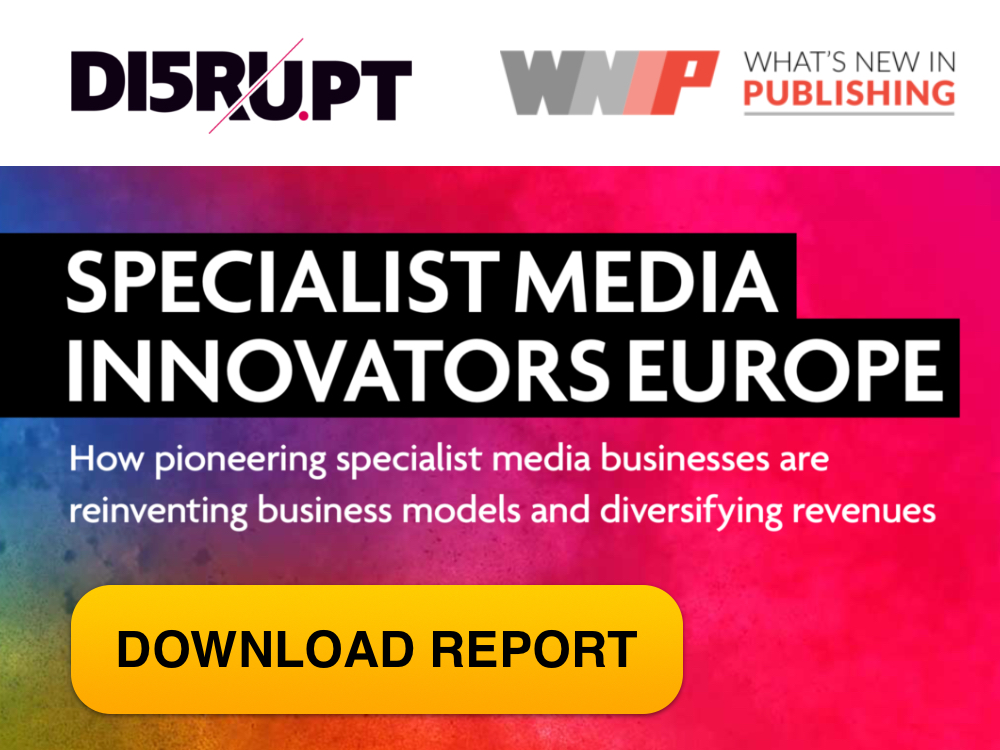|
Getting your Trinity Audio player ready...
|
Events are big business for Winsight, which pre-COVID 19 produced nearly 50 trade shows and conferences (including the 40,000-person National Restaurant Association Show).
However, unlike many of its peers in B2B media, Winsight has not jumped on the virtual event bandwagon. “We will never do a virtual event,” says Amanda Buehner, Executive Vice President of Convenience Media and Events. “They don’t work. In our space, we have restaurant owners and operators who can’t spend a couple of hours away from their jobs. Webinar attendance and engagement were going down even before the pandemic. We knew we needed to do something different.”
Instead, Winsight is focused on producing online communities offering participants unique content and interaction and sponsors direct contact with highly qualified prospects.
Last year, Winsight tested the model with the launch of three online groups (Outlook Leadership, Restaurant Technology and Restaurant Recovery) and last week announced the upcoming debuts of three more, including Restaurant Community (which goes live Jan. 28), CRU Community (which launches Feb. 23) and FSD Community (which serves food service directors and launches March 23). A fourth, FSTEC, will roll out this summer.
Each community is built around three pillars—community, content, connection. “The community part is about the audience,” says Buehner. “Our live events can draw a couple hundred to several thousand attendees. With a virtual platform, we can reach more than that and knew we wanted two-way discussions instead of webinars just speaking at you.”
Content, Connections and VIP Access
The communities produce new content each week that Buehner describes as “raw and real,” including “Talks from the Top” interviews with C-suite executives, Origin Stories on how industry figures got their start and By the Numbers, featuring industry metrics and analytics supplied by Winsight’s data and research arm, Technomic.
Within the communities, Winsight handpicks 20 VIP members to be part of Share Groups that have direct conversations around topics such as workforce, technology and more.
There is no fee for participants but members must provide registration information as well as answer drill-down questions on their qualifications, budget authority, need and timing. Each sponsor gets to meet these qualified retailers/operators one-to-one.
“If you can connect me, as a supplier, with people who are not only registered but also have the excitement, the need, the budget and the authority to purchase say, open-air refrigerators for restaurants, that’s cool,” says Buehner.
Building Communities
The Communities are built on a proprietary platform that Winsight developed in-house that locks into a user’s single Winsight sign-on, while discussion boards run on Vanilla Forums.
Every week, a dedicated e-newsletter for each community targets between 40,000 and 80,000 uniques touting new content and upcoming programs.
“E-newsletters are the biggest push,” says Buehner. “We’re also doing social media for branding and air coverage and using every tactic possible within our own sites, including interstitials and chat bots. For Restaurant Community, we have more than 2 million impressions within the Winsight platforms and social media.”
Buehner expects thousands to register for Restaurant Community over the next few months. While the initial three communities launched last year had lower user targets (due to only being live for three months), each exceeded their goal, she adds.
Sponsorships and Sales-Qualified Leads
The communities are monetized exclusively via sponsorships, which command between $7,500 and $50,000 and offer three components:
- One-to-one meetings with qualified buyers. “Every one of our sponsors can join a Share Group, listen and learn, and have one-to-one meetings with qualified buyers,” says Buehner. “We are giving our sponsors the opportunity to engage with sales-qualified leads—to date we have only seen marketing-qualified leads.”
- Speaking opportunities, ranging from leading educational sessions to aligning with thought leadership by introducing CEO speakers.
- Air coverage (branding) that includes the sponsor’s logo in the weekly e-newsletter, logos within the communities, the chance to include branded collateral in sample boxes sent to the members of each Share Group and dedicated microsites. “Notice we are not using the term ‘virtual booth’ – that doesn’t work,” says Buehner. “We have heard so many key sponsors say, ‘I don’t want to talk about a virtual booth.’ People purchase through the meetings we concierge for them.”
Retraining Events Staff for New Roles
While most event professionals lucky enough to retain their jobs pivoted to producing virtual events last year, Winsight retrained its events teams to produce communities.
“This is all-hands-on-deck,” says Buehner. “We told people across the company that we needed between 20 percent and 80 percent of their time to get this up and running. We all learned new jobs in the last six months–marketing teams that were doing live events previously are now doing communities. We had to retrain our sales team to sell communities and convey value.”
Fifteen different areas within Winsight collaborate on the communities, including Content, which manages speaker topics and recruitment; Platforms, which vet the technology and manage logins and registration; Sponsor Relations, an existing team that now pivoted to selling community sponsorships rather than booths; Editorial, which runs discussion boards and moderation; and Recruiting, an essential component of building and maintaining the communities.
“You can put out two million impressions promoting these communities but it’s those personal relationships that get these owners and operators to register,” says Buehner. “We have a whole team that’s constantly sharing the story of the value of our communities.”
When Events Return
With most of the industry hopeful for the return of live events in the second half of 2021 (Informa recently saw a stock jump when it announced plans to resume live events in the U.S. in June), digital communities will continue to play a major role going forward, according to Buehner.
“This is another touchpoint for our audience and sponsors,” she adds. “We will continue the communities since not everyone can attend every live event, but they can always make it to a community. For sponsors, this is a great complement to our live event—they can meet with potential partners then see them at the live event. We set goals internally for these communities and three weeks into 2021, we’re halfway there already.”
Matt Kinsman
VP of Content & Programming, SIIA
SIIA is the Software & Information Industry Association, the leading organization representing financial information, education technology, specialized content and publishing, and health technology companies and associations.
This article first appeared at SIIA.net and is republished with kind permission.



